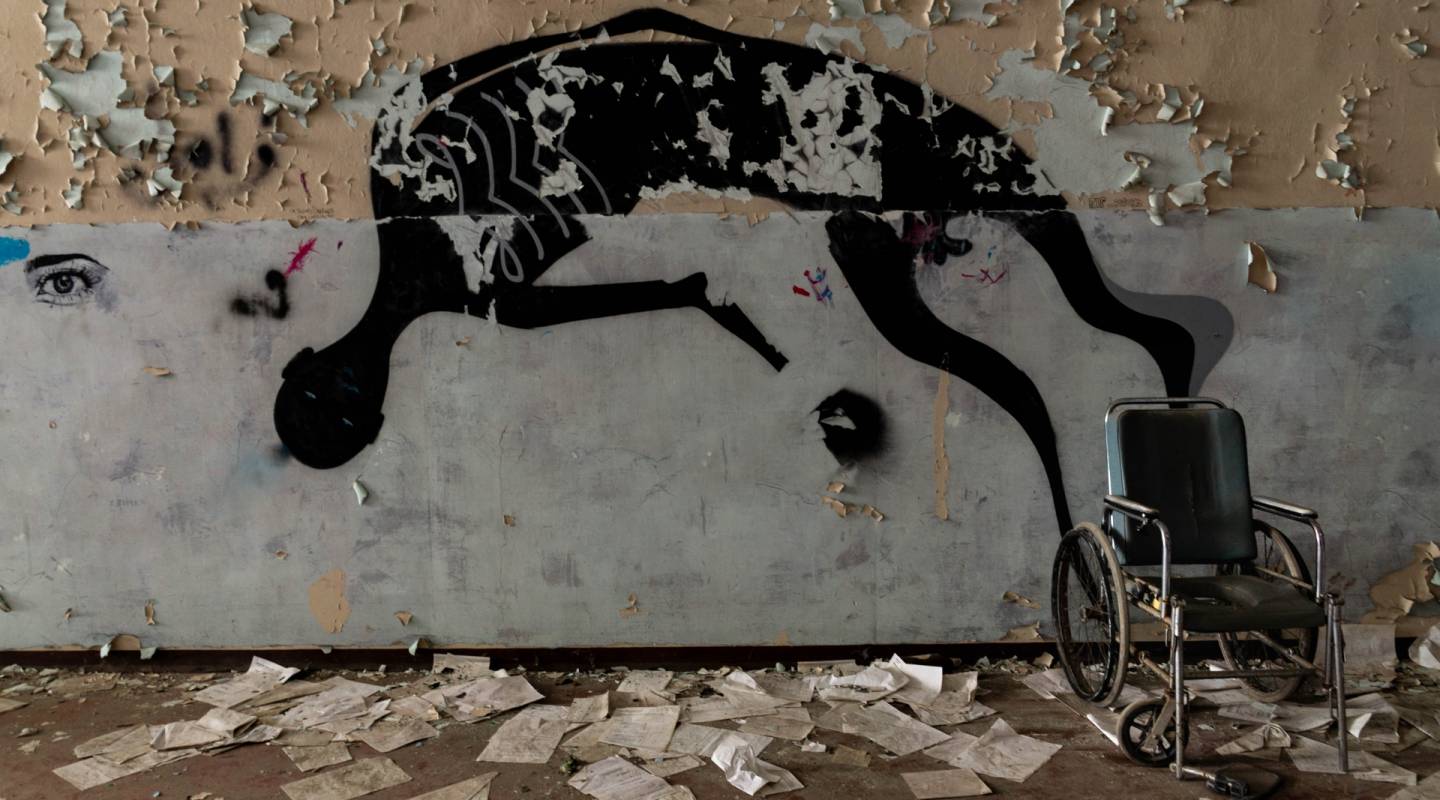
Italy
Capital city — Rome
Latest updates
The law provides for a sentence adjustment for medical reasons
Prisoners who are ill may be placed under house arrest.
-
The Supreme Court ruled in favor of revising the sentence of prisoners with serious diseases and at risk of complications in case of infection with the coronavirus. This decision was to be applied even if there were no reports of infection in the facility.
Variation in the number of prisoners
increase of 17,38%
Increase observed between 2015 and 2020. In 2015, there were 52,164 prisoners in Italy.
-
The coronavirus pandemic led to a 12.3% decrease in the prison population. 61,230 people were incarcerated as of 29 February 2020, and 53,697 as of 29 February 2021. According to the NGO Antigone, the decrease was not directly due to house arrest reforms: “The situation is very simply more manageable because of judges’ goodwill, rather than governmental or parliamentary restrictions”.
The prohibition of torture is enshrined in the Constitution and the legislation
only in the legislation
Parliament approved the law of 14 July 2017 explicitly prohibiting torture. This is reflected in Articles 613-bis and 613-ter of the penal code.
-
A prison officer was found guilty of torturing an inmate at Ferrara Prison and was sentenced to three years in prison. This is the first case since the crime of torture was introduced into the penal code in 2017.
Individuals or organisations from the outside are allowed to participate in prison activities
-
As of 2018, there were 16,838 external participants and volunteers.
Prisoners are allowed to pass diplomas and entry examinations
-
The number of prisoners that obtained a university degree in 2018 was 28. The most popular higher education courses are in social sciences and politics, literature, and law.
Individual acts of protest are recorded
yes
-
In 2018, the prison administration recorded 11,178 individual acts of protest.
Collective movements are recorded
yes
-
In 2018, the prison administration recorded 1,082 collective acts of protest.
The prison service provides food that respects special dietary needs
Specific diets are offered to people suffering from medical ailments, such as diabetes. Several establishments offer halal meals. Muslims are allowed to have their meal after sunset during Ramadan.
-
The Antigone association reports that out of a hundred prisons visited in 2018, 75 offer a halal diet.
The prison service keeps a record of prisoners with disabilities
-
As of 2015, the number of prisoners with physical or motor impairments was 628. Less than half of them are placed in accessible cells.